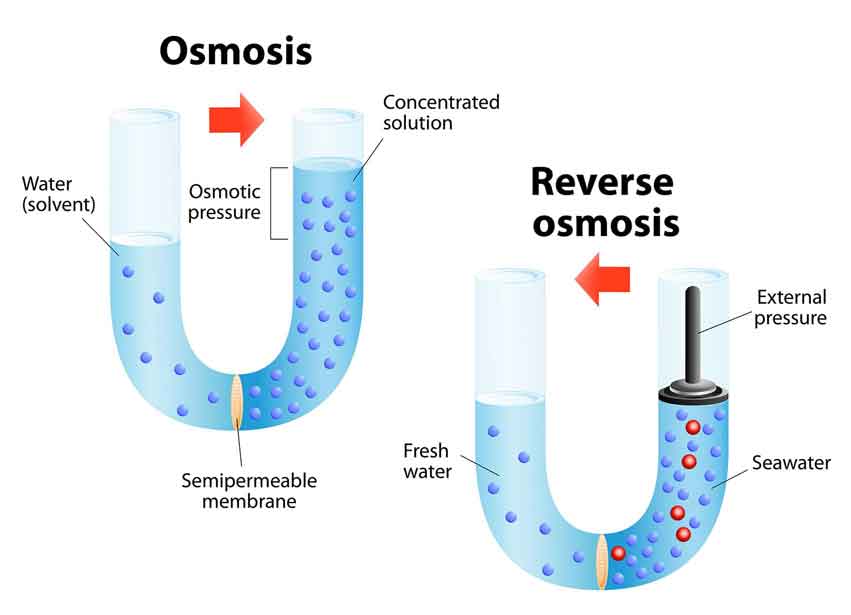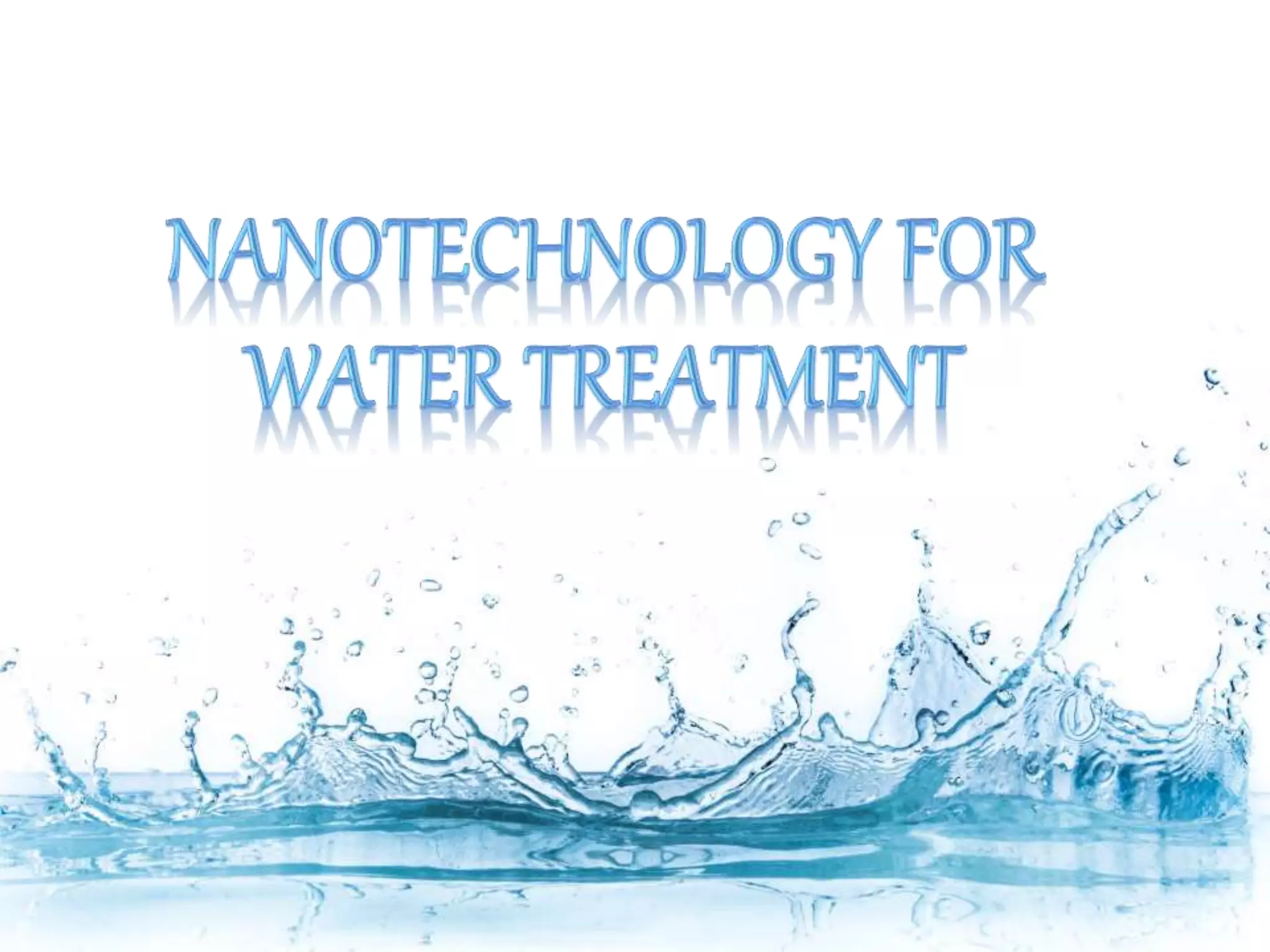Emergency Water Treatment: Preparing for the Unexpected

When it comes to emergency preparedness, one of the most crucial aspects that often gets overlooked is having a reliable source of clean water. In times of unexpected crises, such as natural disasters or disruptions in the water supply, knowing how to treat water to make it safe for consumption can be a lifesaver. In this comprehensive guide, we’ll explore the importance of emergency water treatment, common contaminants in emergency water sources, and DIY methods to ensure your water is safe to drink. Let’s dive in.
The Importance of Emergency Water Treatment
In an emergency situation, access to clean water becomes limited or even non-existent. Whether it’s a hurricane, earthquake, or a breakdown in the public water system, having a supply of safe drinking water is paramount. Without clean water, you risk exposure to waterborne diseases, dehydration, and overall compromised health.
Common Contaminants in Emergency Water
In emergency scenarios, various contaminants can find their way into your water sources. These contaminants can be broadly categorized into two groups: bacteria and viruses, and chemical contaminants.
Bacteria and Viruses
Bacteria like E. coli and viruses such as norovirus can proliferate in untreated water, causing severe gastrointestinal illnesses. Ensuring your emergency water is free from these microorganisms is vital for your well-being.
Chemical Contaminants
Chemicals like lead, arsenic, and pesticides can leach into water supplies during disasters or from damaged infrastructure. Ingesting such chemicals can have long-term health effects.
DIY Emergency Water Treatment Methods
In an emergency, you may not have access to advanced filtration systems. Fortunately, there are DIY methods you can use to treat water and make it safe for consumption.
Boiling Water
Boiling water is the most straightforward method to kill harmful microorganisms. Bring water to a rolling boil for at least one minute (or longer at higher altitudes) to ensure it’s safe to drink.
Water Purification Tablets
Water purification tablets, readily available in camping stores, can effectively disinfect water. Follow the manufacturer’s instructions for dosage and wait time.
Homemade Water Filters
Crafting a homemade water filter using materials like sand, charcoal, and cloth can help remove impurities. While not as effective as commercial filters, it can still make water safer.
Emergency Water Storage
Having treated water is crucial, but so is knowing how to store it properly for the long haul.
Containers and Storage Tips
Use food-grade containers, like large plastic jugs or barrels, to store water. Ensure they are clean and free from contaminants. Seal them tightly to prevent contamination over time.
Rotation and Maintenance
Regularly rotate your emergency water supply to ensure its freshness. Also, check for any signs of damage or leakage in your storage containers and address them promptly.
Preparing an Emergency Water Kit
Besides treating and storing water, it’s wise to have a dedicated emergency water kit on hand.
What to Include
Your kit should include water treatment supplies, storage containers, and a way to transport water. Don’t forget to add a portable water filter if possible.
Shelf Life of Supplies
Be mindful of the shelf life of water treatment chemicals and purification tablets. Rotate them as needed to ensure they remain effective.
Conclusion
In the face of unexpected emergencies, water is your lifeline. Understanding how to treat, store, and maintain emergency water supplies can mean the difference between safety and suffering. By following these guidelines, you can ensure that you and your loved ones have access to clean and safe drinking water when it’s needed most.
FAQs
1. How long can I store treated water for emergencies?
- The shelf life of treated water depends on the method used. Boiled water can be stored for up to 6 months if sealed properly, while water treated with purification tablets may last for several years.
2. Can I use bleach to treat emergency water?
- Yes, unscented household bleach can be used to disinfect water. Use 8 drops of bleach per gallon of water, mix thoroughly, and let it stand for 30 minutes before drinking.
3. Are there any natural sources of clean water during emergencies?
- While it’s possible to find clean water sources like springs or streams in some situations, it’s safer to treat any water source before consumption to avoid potential contamination.
4. How often should I rotate my emergency water supply?
- Rotate your water supply every 6-12 months to ensure freshness and effectiveness of water treatment chemicals.
5. What’s the best way to transport emergency water in a kit?
- Collapsible water containers or reusable water bottles are excellent choices for transporting water in your emergency kit due to their convenience and portability.











